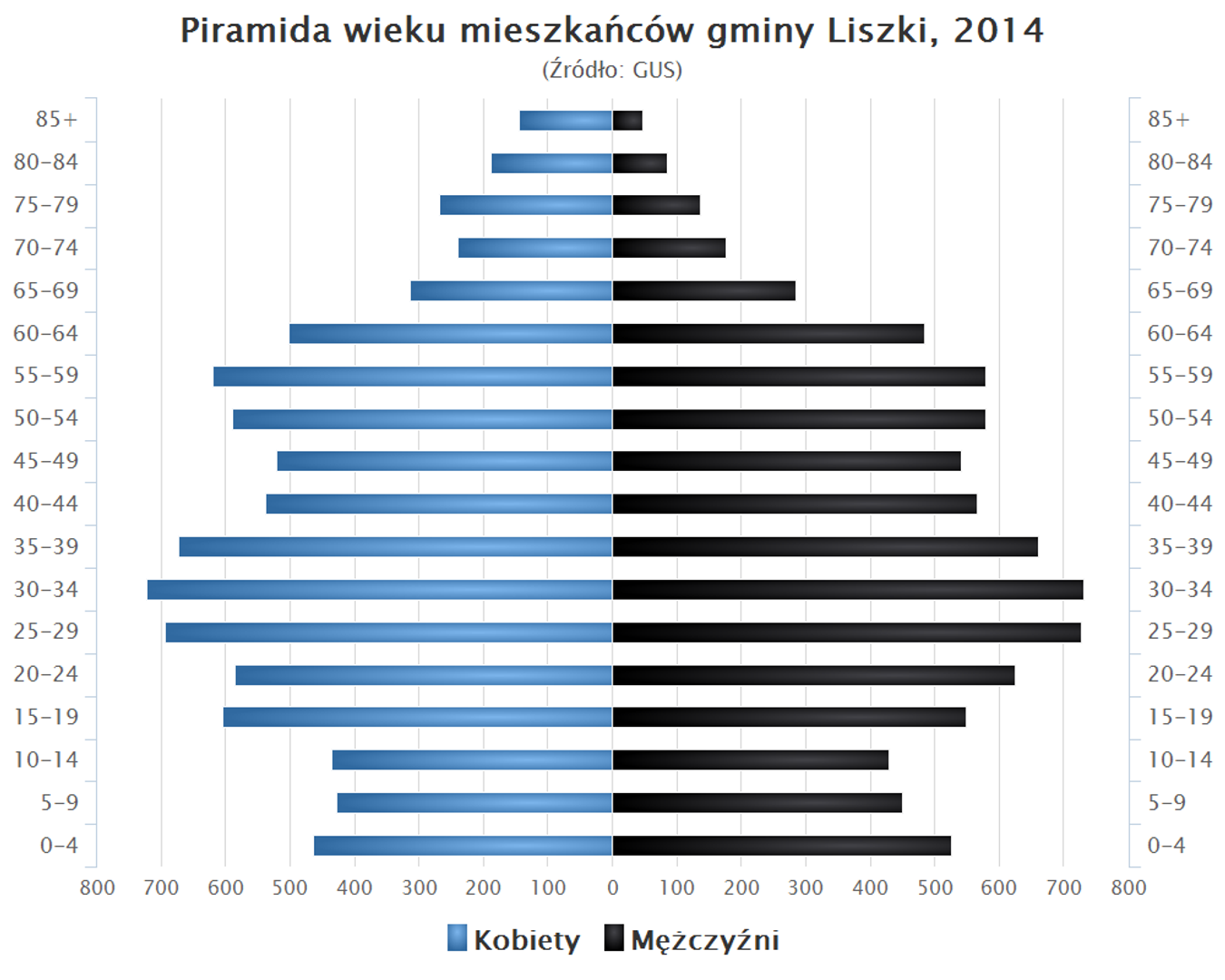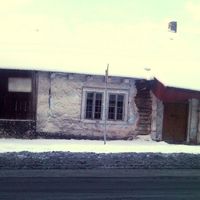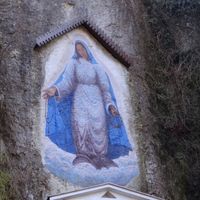Liszki
8.07

Overview
The Liszki Commune, located in the Lesser Poland Voivodeship, within the Kraków County, was established in 1934 and includes towns such as Liszki, Kryspinów, Morawica, and Kaszów. The architectural heritage of the commune encompasses numerous monuments, including the Neo-Romanesque St. Nicholas Church in Liszki, with its 18th-century paintings and a monument dedicated to the pacification of the village in 1943. Other significant sites include palaces and manor complexes in Kryspinów, Mników, and Piekary, as well as chapels and a Lusatian culture burial ground in Baczyn. The commune has a rich history, dating back to pre-war times and the periods of Nazi occupation, when its administrative structure underwent changes. In the 1970s, the commune was reinstated, returning to local administration.
In the cultural sphere, Liszki holds a special place, with numerous educational institutions and public libraries. The region, known for its natural landscapes, is home to the Tenczyński and Bielańsko-Tyniecki Landscape Parks, as well as the Mnikowska Valley, all popular among tourists. The commune is part of the "Jura Ring," attracting nature lovers and outdoor enthusiasts. The annual National Kayaking Event on the Vistula River is a major tourist attraction. The commune also features water reservoirs, such as the Kryspinów Reservoir, ideal for recreation.
An interesting fact is that the commune is taking steps toward sustainable development and adapting attractions for people with disabilities, making it more accessible. Notable figures associated with Liszki include bishops and scholars, reflecting the region's rich history. Transport in the commune is well-developed, with road connections and proximity to Kraków, making it an attractive place to live and work. Covering an area of 72.03 km², the Liszki Commune constitutes 5.86% of Kraków County, and its natural and cultural assets make it a unique destination on the map of Lesser Poland.
Location
Tickets
Powered by GetYourGuide
2025 Wizytor | All Rights Reserved






